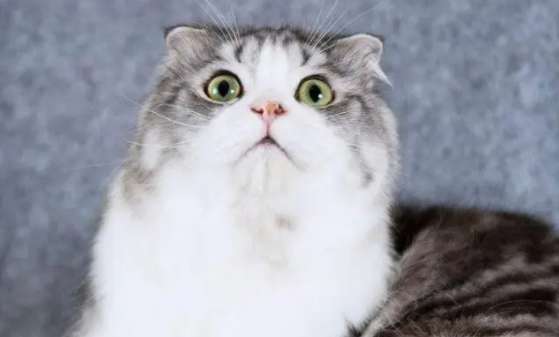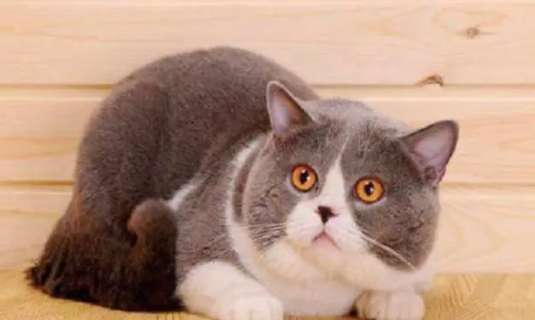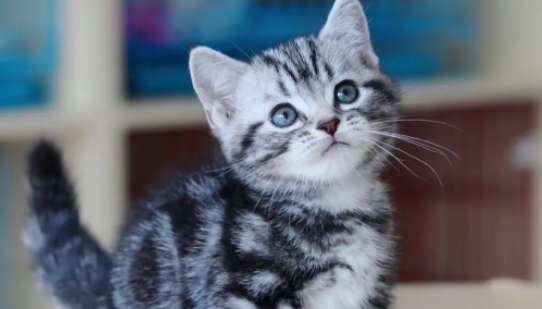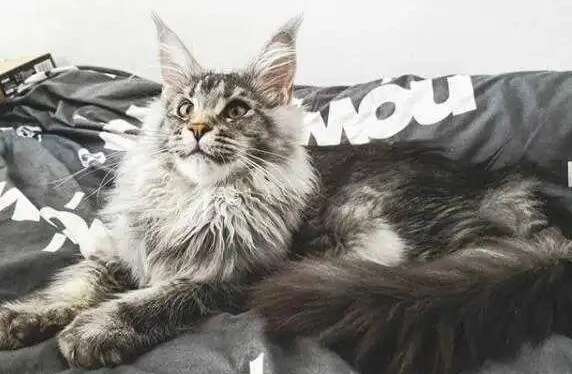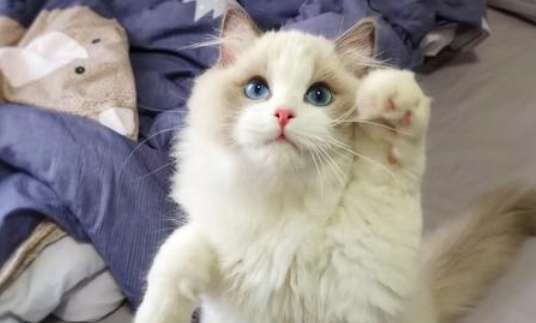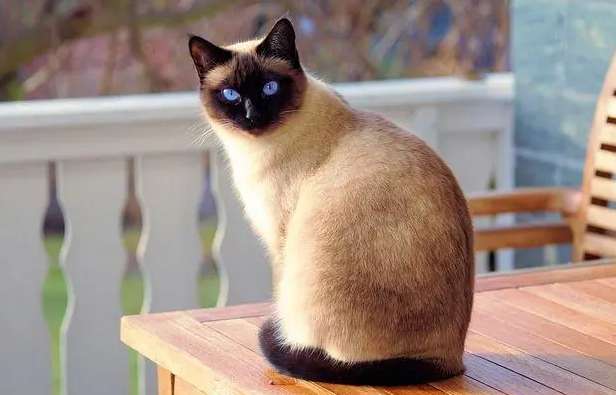Speaking of the Turkish Angora cat, many people will mistake it for a Persian cat at first sight. Indeed, the two are very similar in appearance. In fact, the two do have a certain blood relationship. The Persian cat is bred on the basis of the Afghan longhair cat and the Turkish Angora cat.
In fact, many cats have a certain blood relationship with Turkish Angora cats. Unfortunately, except for Turkey, the number of this cat is extremely rare in all parts of the world, so it is not easy to choose a Turkish Angora cat with pure blood and good health. For those who want to feed, don’t miss the following selection tips.

1. Physical requirements
Turkish Angora cats have slender bodies and limbs, large undulating backs, and solid and well-developed body muscles. Relatively speaking, female cats are small to medium-sized, while male cats are wider. When selecting, try to avoid short and fat Turkish Angora cats, because their quality is substandard.
2. Head Shape Requirements
The overall head shape is long and flat, shaped like a modified wedge, and the size is in proportion to the body and is very coordinated. The skull should be moderately wide at the top and taper smoothly to the jaw.
3. Ear Requirements
The ears should be wide at the base, standing on the top of the head, and overall tall, pointed, and spike-shaped. In addition to these external features, the ears rotate when listening to things, making it easier to hear sounds from multiple directions. When angry or frightened, Turkish Angora cats’ ears will droop and they will growl.
4. Eye requirements
The eyes are large, almond-shaped, and slightly tilted upward. Eye colors include blue, amber, golden, mandarin duck eyes, etc. In addition, Turkish Angora cats have special three eyelids, which slightly cover their eyes from the side when they are open. When it sleeps or smiles, its eyelids will partially retract, but it is abnormal to have the three eyelids exposed for a long time.
5. Limb requirements
The hind legs of Turkish Angora cats are slightly higher than the front legs. The upper arm will be close to the body at an angle, while the lower arm will be straight. The soles of the feet are round and well-proportioned, in proportion to the body, with long spikes of hair between the toes.
6. Tail Requirements
The tail is long, wide at the base and tapering to the tip. The tail should be carried lower than the body, but not dragging, sometimes feather-like when moved.
7. Hair requirements
Turkish Angora cats are covered with long, silky hair that is smooth and shiny. Coat colors include red, brown, black and white. White is generally considered to be the authentic Turkish Angora purebred cat. In details, the ring hair on the neck and the hair on the inside of the body are longer, the hair on the hind legs is plumper than the front legs, and the hair on the abdomen is corrugated, allowing for seasonal changes in coat.
8. Personality Requirements
The reason why many people like cats is because of their lazy temperament. The same is true for Turkish Angora cats, but unlike other cats The difference with cats is that they are lazy, independent and not clingy. Therefore, when you are choosing, Turkish Angora cats will give people a feeling that they are reluctant to talk to you, but they generally will not attack you. If they appear, they are not suitable to take home.
The Turkish Angora cat is ancient and noble. Friends who like its unique temperament should not miss it. Okay, that’s it for today’s sharing.
